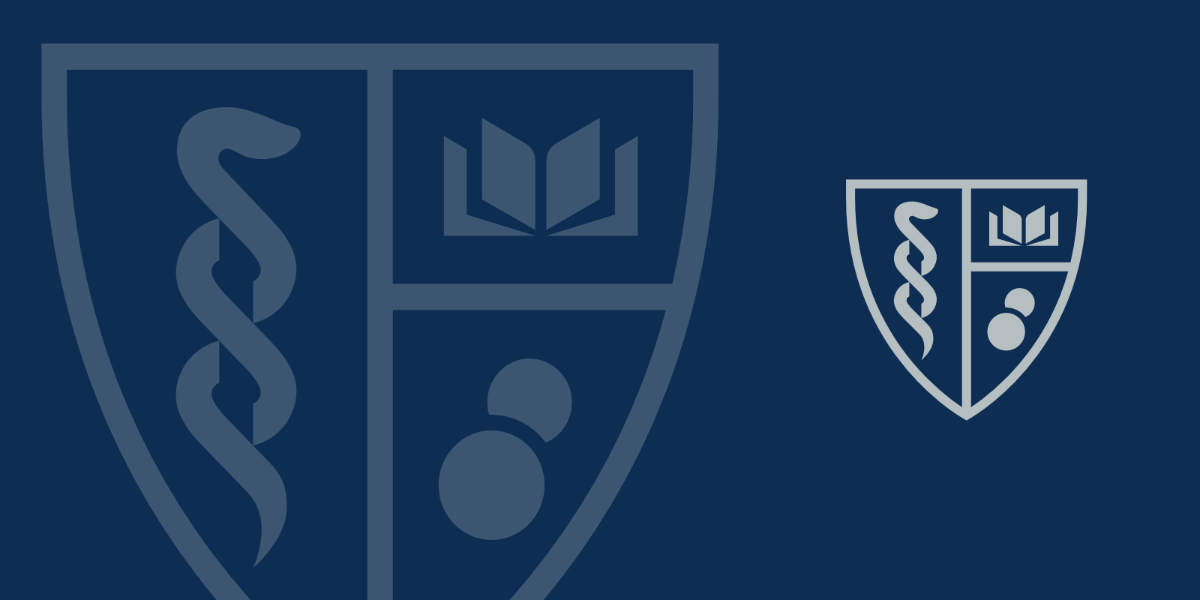Features
Listed below are some of the many features of our division.
- Expertise in clinical care by 5 board-certified vascular neurologists
- Expertise in neurovascular imaging, including a dedicated cerebrovascular non-invasive laboratory to image blood vessels in the neck and head as well as CT angiography, MR angiography, and conventional catheter angiography. At the University Hospital Brooklyn, an ultrasound laboratory is established for clinical care, education, and research studies.
- Interventional neuroradiological and neurosurgical procedures for all types of cerebrovascular disorders.
- Access to neurological intensive care.
- Clinical trials (acute stroke treatment and stroke prevention).
- ACGME-accredited Vascular Neurology fellowship
- Collaboration with SUNY Downstate laboratories conducting research into the basic science, translational and clinical neuroscience of stroke and cerebrovascular disease.
- Collaborations with neuro-epidemiologists and epidemiologists including those at the School of Public Health at SUNY Downstate Health Sciences University.
Our Stroke Center
History
The center was established in July 2002 as part of the Stroke Center Pilot Demonstration Project for NYS and was officially approved as a Pilot Stroke Center site in 2003.
About
SUNY Downstate Stroke Center is at the forefront of diagnosis, management, prevention and research of cerebrovascular disorders. SUNY Downstate is a Primary Stroke Center designated by the New York State Department of Health. The tight collaboration with Kings County Hospital Center and Maimonides Medical Center enhances our patients' access to endovascular procedures, neurosurgical intervention, neurological critical care, stroke patients' education, cerebrovascular followship training, and clinical research are important components of our program.
Rapid Treatment:
The stroke team is ready to evaluate and treat patients within minutes of arrival.
Insurances:
We accept most insurance plans, including Medicare and Medicaid.
Stroke Numbers, Statistics, and Basics
More than 795,000 people experience a stroke each year.
Stroke is the fourth-leading cause of death in the United States and one of the leading
causes of adult disability.
A stroke occurs when a blood vessel that carries oxygen and nutrients to the brain is either blocked by a clot (ischemic stroke) or bursts (hemorrhagic stroke). Without the oxygen carried by the blood, brain cells begin to die immediately.
Prior to a major stroke, people sometimes experience a transient ischemic attack (TIA) in which a clot obstructs an artery for a short time and creates stroke-like symptoms. Since these "temporary" or "mini-strokes' last only minutes or hours, people often ignore them. Do not dismiss such an episode! Prompt medical treatment after a TIA can often prevent a fatal or disabling stroke.
